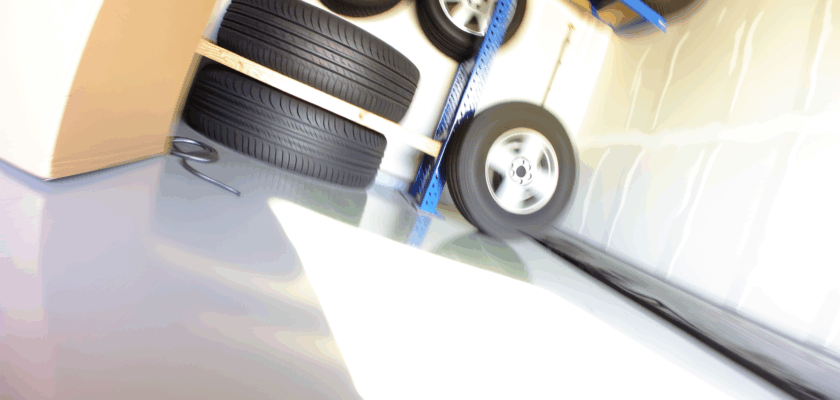Proper tyre maintenance extends beyond their time on the road. For those who store spare tyres or seasonal sets such as winter or summer tyres, understanding when and how to rotate them during storage can prolong their lifespan and ensure optimal performance when reinstalled. Tyres left stationary for long periods can develop flat spots, uneven wear, or degrade due to environmental factors. This article explores the best timing for tyre rotation in storage and provides a straightforward guide to doing it correctly.
When Is the Right Time to Rotate Tyres in Storage?
Tyres in storage should not be left untouched for extended periods. Generally, it is recommended to rotate stored tyres every one to two months. This frequency helps prevent the development of flat spots, which occur when the weight of the tyre presses down unevenly on one area for too long. Flat spots can compromise traction and comfort when the tyres are eventually used again.
Environmental conditions also influence when to rotate tyres. For example, tyres stored in a climate-controlled environment may require less frequent rotation than those kept in garages or sheds where temperature and humidity fluctuate more dramatically. Regular inspections of the storage area and the tyres themselves can help determine if more frequent rotation is necessary to avoid premature ageing or cracking.
The type of tyre and its rubber compound can be another factor to consider. Performance tyres and those made from softer rubber compounds are more susceptible to deterioration and flat spotting when stored for long durations. In these cases, adhering to a stricter rotation schedule—closer to every month—is advisable to maintain the tyre’s structural integrity.
Step-by-Step Guide to Properly Rotating Stored Tyres
Begin by preparing a clean, dry area to place your tyres temporarily during the rotation process. If the tyres are mounted on rims, ensure they remain inflated to the recommended pressure before moving them. If unmounted, handle them carefully to avoid damaging the sidewalls or tread. Label each tyre with its original position on the vehicle to maintain correct placement after storage rotation.
Next, remove the tyres from their current stacking or mounting arrangement. If tyres are stacked vertically, rotate the bottom tyre to the top and shift the others down one position. For tyres stored hanging or on racks, simply move each tyre to the next position in sequence, ensuring even weight distribution. This movement redistributes pressure points and minimizes the risk of flat spots developing.
Finally, inspect each tyre for any signs of damage, cracks, or irregular wear during the rotation process. Clean off any dirt or debris and apply a protective cover or bag to shield the tyres from dust and sunlight. Properly label and store the tyres in a cool, dry environment away from direct heat sources and ozone-generating equipment, such as electric motors, to maximize their storage life.
Rotating tyres during storage is a simple yet essential step in maintaining their condition and ensuring a safe driving experience when they are back on the road. By rotating tyres every one to two months, especially in less controlled environments or with softer compounds, owners can prevent flat spots and uneven wear. Following a clear step-by-step rotation process combined with regular inspections will help extend the life of stored tyres and protect your investment over time.

